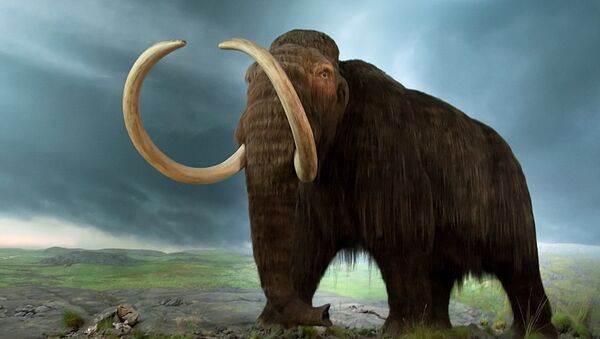Scientists have descended on the village of Zuya, central Crimea, following the discovery of an ancient cave containing the remains a woolly mammoth.
Speaking to Sputnik, Crimean speleologist Gennady Samokhin explained that the cave itself was a "unique" find, and the largest in the foothills of Crimea at 1,015 meters long.
"We found the foot bones of mammoths and teeth belonging to mammoths or their ancestors – mastodons, their age approximately 75,000-100,000 years. Furthermore, we found a large number of long bones cracked in two. We believe this may signal human activity," Samokhin said.
Discussions are now being held on how to save the unique cave, which Samokhin says could be studied and even turned into a unique tourist destination.
Russia was the last known home of the woolly mammoth, with a small population surviving on Wrangel Island until 1650 BC. Most of the mammoths on the Eurasian and North American mainland are thought to have died out 10,000 years ago. Russia is also home to Yuka, by far the best preserved mammoth mummy in the world, which died some 39,000 years ago, but was preserved in the frozen tundra of Yakutia and discovered in 2010.


